Efficient Lead Capture to Conversion: 10 Sales & Marketing Strategies
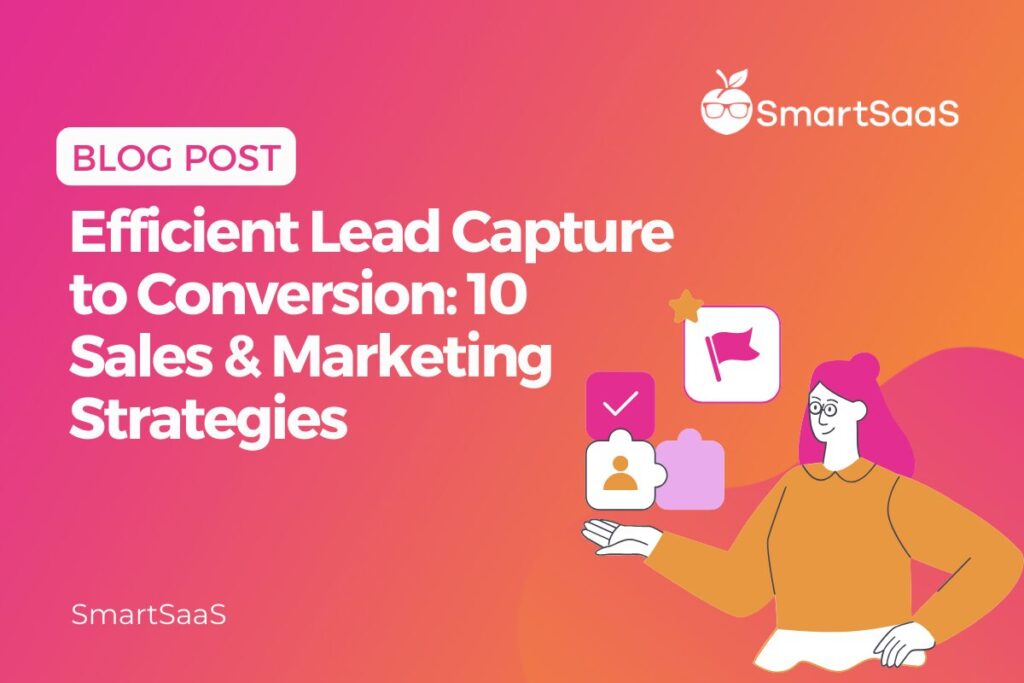
Mastering the art of lead capture and conversion is imperative. Without transforming potential leads into actual customers, even the most outstanding products risk remaining unseen. Sales experts, marketers, and entrepreneurs must prioritize lead conversion to thrive.
This blog post is designed to serve as an extensive guide for sales professionals and business owners on efficient lead-capturing methods. By the conclusion of this article, you will gain a thorough understanding of how to effectively apply these techniques, enhancing your ability to expand your customer base and escalate your sales figures.
Lead Capture Techniques
Master enticing and converting potential customers into loyal clients using the powerful arsenal of lead-capture techniques that will revolutionize your approach to customer acquisition:
Effective Landing Pages to Capture Leads
Landing pages are the digital gateways to your business. They are standalone web pages designed to capture visitor information with a single, compelling call-to-action (CTA). The primary role of landing pages is to convert visitors into leads.
A landing page is not just any webpage. It is a targeted, focused page designed with a specific goal, such as downloading an eBook, signing up for a newsletter, or requesting a demo.
Landing pages eliminate distractions and guide visitors toward taking a desired action.
Tips for Creating Effective Landing Pages
- The minimalistic designs and clear messaging are essential.
- Use persuasive language to grab attention.
- Highlight the value visitors will receive.
- High-quality images or videos can increase conversions.
- Ensure your landing page is responsive for all devices.
Attractive Lead Capture Forms
Lead capture forms are your direct communication channel with potential customers. They play a critical role in gathering valuable information from visitors and turning them into leads.
Lead capture forms are the bridge between curiosity and conversion. They enable you to collect essential data such as names, email addresses, and more, allowing personalized follow-up and nurturing.
Best Practices for Designing Your Lead Capture Forms
- Ask for only essential information to reduce friction.
- Make it easy for users to understand what’s required.
- Employ design elements like arrows or icons to guide users.
- Collect more information over time as trust builds.
- Continually optimize form fields and placement for better results.
Pop-up Forms at the Right Moment
Imagine you run an e-commerce store. A user has been browsing your site for a while but has yet to make a purchase. An exit-intent pop-up could offer them a 10% discount on their first order, encouraging them to stay and buy.
Pop-up forms are like the secret weapon of the sales and digital marketing world when used strategically. Here’s how you can harness their power effectively:
Timing is Everything
Pop-up forms should appear at the right moment in a user’s journey. For instance, when visitors have spent time on your website or are about to leave, a well-timed pop-up can capture their attention.
Exit-Intent Pop-ups
Exit-intent pop-ups are a brilliant way to retain potential leads. When a user is about to leave your site, a pop-up can offer a discount, a free resource, or an enticing call-to-action to keep them engaged.
Targeted Pop-ups
Segment your audience and display different pop-ups to different groups based on their interests or behavior. Personalization can significantly boost conversion rates.
Minimalistic Design
Keep your pop-up design clean and unobtrusive. Users should find it easy to close if they choose not to engage. Overly aggressive pop-ups can drive users away.
Power of Social Media for Lead Capturing
Social media platforms have an unparalleled reach, with billions of active users worldwide. Whether you’re on Facebook, Instagram, Twitter, or LinkedIn, a vast pool of potential leads is waiting to be tapped.
Here’s how you can leverage the power of social media for effective lead generation:
Targeted Advertising
Social media platforms allow you to create highly targeted ads based on demographics, interests, and behaviors. This means you can show your ads to the people most likely to be interested in your product or service, increasing the chances of conversion.
Engagement and Interaction
Social media is inherently interactive. It’s not just a one-way communication channel; it’s a place to engage with your audience. This engagement can build trust and credibility, making it easier to convert leads into customers.
Rich Media
You can use a variety of media formats, such as images, videos, and carousels, to showcase your products or services. Visual content is more engaging and captures the attention of potential leads effectively.
Analytics
Social media platforms offer robust analytics tools that provide insights into the performance of your ads. You can track metrics like click-through rates, conversions, and audience demographics, allowing you to refine your strategy for better results.
Creating Successful Social Media Lead Ads
Now that we’ve established why social media is a potent tool for lead conversion, let’s delve into the nitty-gritty of creating successful lead ads:
Compelling Ad Copy: Your ad copy should be concise, engaging, and persuasive. Communicate the value of your product or service and use compelling language to entice clicks.
- Eye-Catching Visuals: Visual elements are vital to capturing attention. Use high-quality images or videos that are relevant to your offering. Ensure they are optimized for mobile devices, as many social media users browse on their phones.
- Clear Call-to-Action (CTA): Your CTA should be clear and action-oriented. Use phrases like “Sign Up Now,” “Get Started,” or “Learn More” to guide users on what to do next.
- A/B Testing: Experiment with different ad creatives, headlines, and CTAs to see which combinations yield the best results. A/B testing can help you refine your ad campaigns for maximum effectiveness.
- Follow-Up Sequences: Once you’ve captured leads, it’s crucial to have a follow-up plan in place. Use email marketing or direct messaging on the platform to nurture these leads and guide them down the sales funnel.
Engaging Lead Visitors with Chatbots
Imagine having a virtual assistant available 24/7 to interact with your website visitors. That’s precisely what a chatbot can be for your business. Here’s why chatbots are a must-have tool for lead generation:
- Instant Response: People expect quick answers to their questions. Chatbots provide instant responses, ensuring potential leads maintain interest while waiting for a human agent.
- Personalized Interactions: Modern chatbots can be programmed to recognize visitors and tailor their responses accordingly. This personal touch can significantly increase user engagement.
- Collecting Contact Information: Chatbots can discreetly collect valuable lead information, such as names, email addresses, and phone numbers, during conversations. This data can then be used for targeted follow-up.
- 24/7 Availability: Chatbots are available around the clock, unlike human agents who have working hours. This means you always take advantage of an opportunity to engage a potential lead, no matter their time zone.
Examples of Chatbot Interactions for Lead Capture
Let’s dive into some real-world examples of how chatbots can interact with website visitors to capture leads:
Welcome and Greeting
When visitors land on your website, a chatbot can greet them with a friendly message, offer assistance, and ask if they have any questions or need help with anything specific. This initial engagement sets the stage for further interactions.
Qualifying Leads
Chatbots can ask a series of qualifying questions to determine a visitor’s interest level and specific needs. For example, a chatbot for a real estate agency can ask,
“Are you looking to buy or rent a property?”
This helps in segmenting leads for targeted follow-up.
Offering Content
Chatbots can recommend relevant blog posts, ebooks, or other content based on visitors’ interests. The visitor may need to provide their email address to access the content, becoming a lead.
Appointment Scheduling
For service-based businesses, chatbots can assist visitors in scheduling appointments or consultations. This captures lead information and drives potential customers closer to a conversion.
Abandoned Cart Recovery
For e-commerce websites, chatbots can intervene when users abandon their shopping carts. They can offer assistance, address concerns, or provide discounts to encourage the completion of the purchase.
Use of Referral Programs in Lead Capturing
Referral programs are a secret weapon for businesses looking to harness the power of their existing customer base.
Think of having an army of satisfied customers who return for your products or services and enthusiastically recommend them to their friends and family. This is precisely what a well-executed referral program can achieve.
Leveraging Your Existing Customers
- Trust is the Currency: Existing customers trust your brand. They have experienced your product or service firsthand and are likelier to vouch for its quality. A referral from a satisfied customer carries immense credibility, making it easier to convert potential leads.
- Broader Reach: Your customers have networks of their own. When they refer your business to someone, they introduce you to a new audience you might have yet to reach through traditional marketing channels.
- Cost-Effective: Referral programs are often more cost-effective than other marketing strategies. You’re not spending big bucks on advertising; instead, you’re capitalizing on the goodwill of your existing customers.
5 Steps on Setting Up an Effective Referral Program
- Start by defining what you want to achieve with your referral program. Is it about increasing sales, expanding your customer base, or promoting a specific product or service? Having clear objectives will guide your program’s structure.
- Create an Incentive Structure to motivate both referrers and referees. Consider offering discounts, freebies, or even cash rewards for successful referrals. Ensure that the rewards are attractive enough to encourage participation.
- Make it easy for customers to refer others. Use user-friendly platforms, like dedicated referral apps or tools integrated into your website, to streamline the process. The easier it is, the more likely customers are to refer.
- Refrain from assuming your customers will immediately start referring. Promote your referral program through various channels, such as email marketing, social media, and your website. Also, educate your customers about the program, explaining how it works and the benefits they can gain.
- Implement a tracking system to monitor referrals and ensure that rewards are given promptly. Recognize and reward your most enthusiastic referrers to encourage continued participation.
Lead Conversion Techniques
Explore the dynamic landscape of Lead Conversion Techniques, where each strategy is a step closer to transforming leads into your most valuable assets: satisfied customers!
Email Drip Campaigns
Email drip campaigns are a powerful marketing strategy for lead conversion. They involve a series of automated emails sent to a prospect over time, nurturing the lead and guiding them through the sales funnel.
Steps to Create a Marketing Drip Campaign
- Before creating a drip campaign, segment your leads based on their interests, behaviors, or demographics. This allows you to send targeted messages.
- Each email in your campaign should have a clear purpose and offer value to the recipient. Use attention-grabbing subject lines and personalize the content.
- Use cold email platforms like Mailchimp or HubSpot to automate the delivery of your drip campaign—schedule emails at strategic intervals.
- Monitor the performance of your drip campaign regularly. Track open rates, click-through rates, and conversions. Adjust the campaign based on the data to improve results.
Strategies for Effective Marketing Email Drip Campaigns
- Personalization: Tailor your emails to the recipient’s needs and preferences. Mention their names, refer to previous interactions, and offer solutions to their pain points.
- Provide Value: Offer valuable content, such as ebooks, whitepapers, or webinars, to incentivize engagement.
- Clear Call-to-Action (CTA): Every email should have a clear CTA that guides the prospect to the next step in the sales funnel, whether scheduling a call, downloading a resource, or purchasing.
Personalized Sales Pitches
In an age where consumers are inundated with generic advertising messages, personalized sales pitches have emerged as a game-changer.
Instead of sending the same message to everyone, businesses are increasingly tailoring their communication to individual preferences and needs.
Here’s why personalization matters:
- Building Trust and Rapport
Personalization fosters a connection between your business and potential customers. When you address someone by name and speak directly to their pain points and desires, you signal that you’ve taken the time to understand them. This builds trust and rapport, making prospects more receptive to your message.
- Standing Out in the Noise
Personalization helps your message cut through the noise. For instance, a personalized subject line in an email is more likely to be opened, giving your content a fighting chance.
- Demonstrating Value
When you personalize your pitch, you can highlight how your product or service explicitly addresses the prospect’s needs. This showcases your value and positions you as a solution provider rather than just another seller.
Tips for Personalized Messaging
Now that we understand the significance of personalized sales pitches, here are some tips to help you master this technique:
Collect Detailed Data
To personalize effectively, you need to know your leads inside out. Collect as much relevant information as possible during the lead capture stage. This can include demographic data, purchase history, and even their interests or preferences.
Segment Your Leads
Not all leads are the same. Segment your leads based on common characteristics, behaviors, or interests. This allows you to create tailored messages that resonate with each group.
Craft Compelling Content
Invest time in creating high-quality, personalized content. Whether it’s emails, product recommendations, or website content, make sure it speaks directly to the recipient’s needs and aspirations.
Use Automation Wisely
While personalization can be labor-intensive, automation tools can streamline the process. Use automation to send personalized follow-up emails, reminders, or recommendations at the right time.
Continuously Analyze and Adapt
Monitor the performance of your personalized campaigns and gather feedback from your leads. Use this data to fine-tune your approach and improve your lead conversion rates.
Live Chat
With live chat, you can provide assistance or information without the need to make a phone call or send an email, making it a preferred choice for addressing inquiries or concerns.
Personalized Support
Live chat allows you to offer personalized support. Chat agents can quickly identify visitors’ needs, provide tailored information, and guide them through decision-making, increasing the chances of conversion.
Multi-Tasking
Live chat enables your team to handle multiple conversations simultaneously, improving efficiency. This means you can simultaneously engage with several potential leads, maximizing your outreach efforts.
Reduced Cart Abandonment
For e-commerce businesses, live chat can be a game-changer. Customers who encounter issues during the checkout process can quickly get assistance, reducing cart abandonment rates.
Tips for Effective Live Chat Interactions
- Aim to respond to incoming chat requests within a few seconds to keep visitors engaged and prevent them from leaving.
- Use the visitor’s name and reference their previous interactions (if any) to create a personalized experience. It demonstrates that you value their individual needs.
- Avoid jargon and ensure your messages are clear and concise. Visitors appreciate straightforward answers to their questions.
- Show understanding and concern for visitors’ issues or questions.
- Don’t wait for visitors to initiate chats. Implement proactive chat invitations based on visitor behavior, such as spending a certain amount of time on a page or browsing specific products.
- Equip your chat agents with comprehensive product/service knowledge. They should be able to provide information, address concerns, and offer solutions to common issues.
- Ensure that your live chat system is integrated with your CRM software. This allows you to capture valuable lead information for follow-up.
To Wrap Things Up
Effective lead capture techniques are pivotal in enhancing your sales and marketing efforts. Employing methods such as crafting appealing, targeted content, leveraging data-driven approaches, and refining your website for better user interaction, these strategies will help you better aquire quality leads and convert them into dedicated customers.
Implementing these approaches will result in a notable uptick in lead generation and a significant increase in conversion rates.

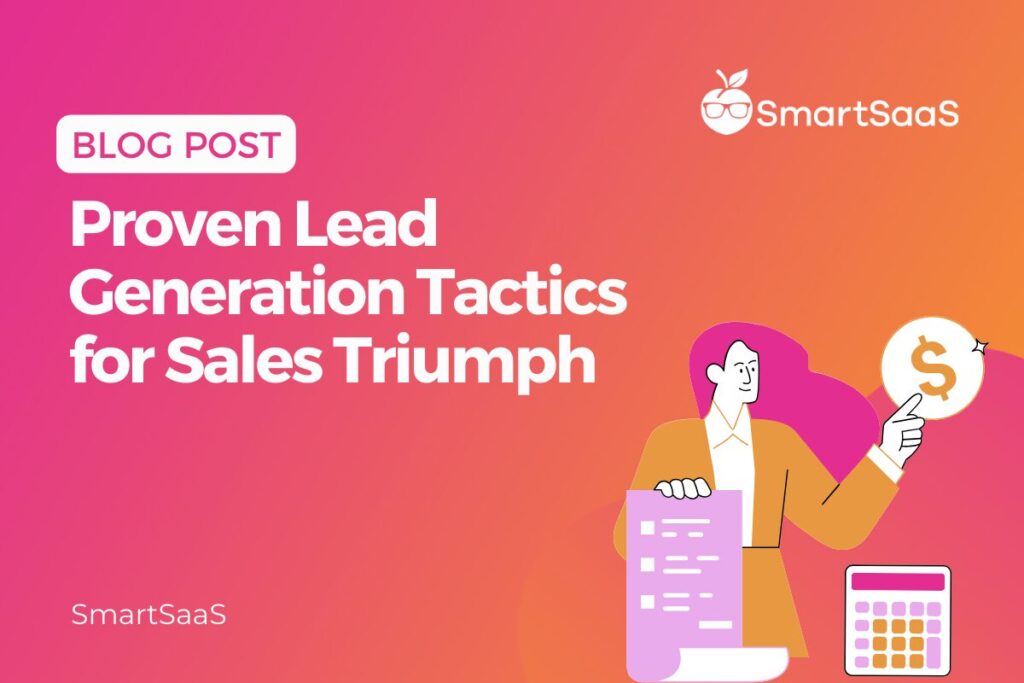
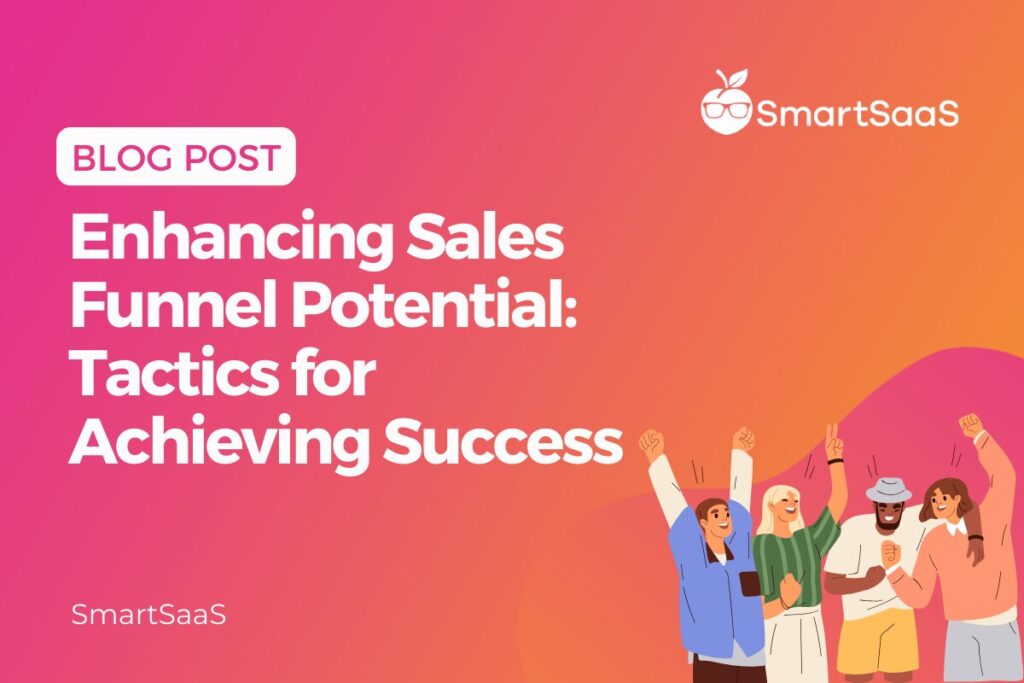
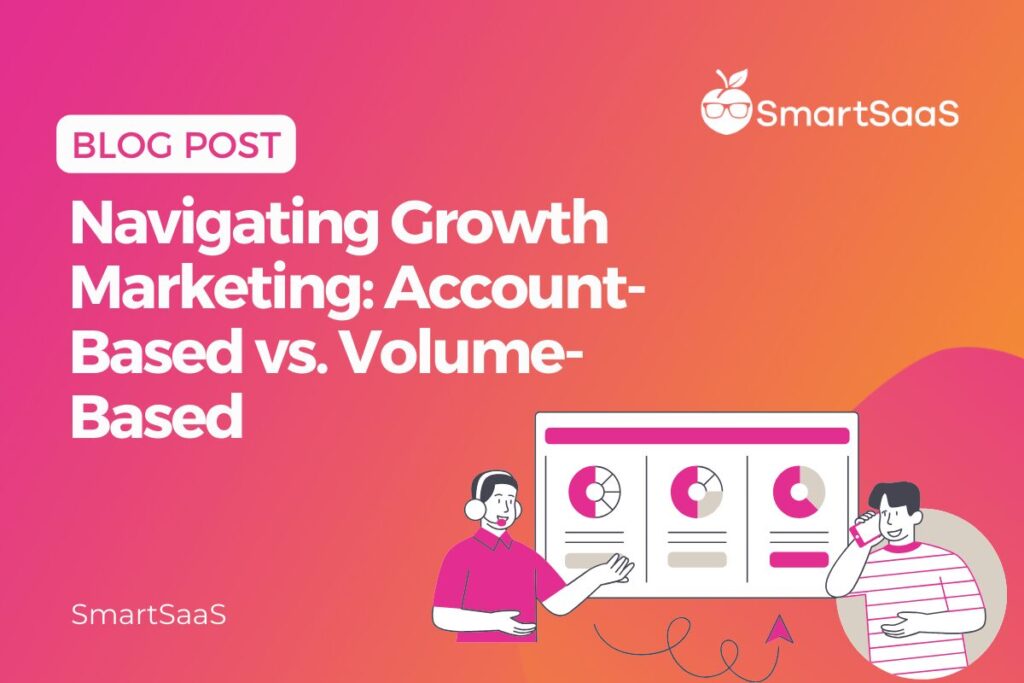
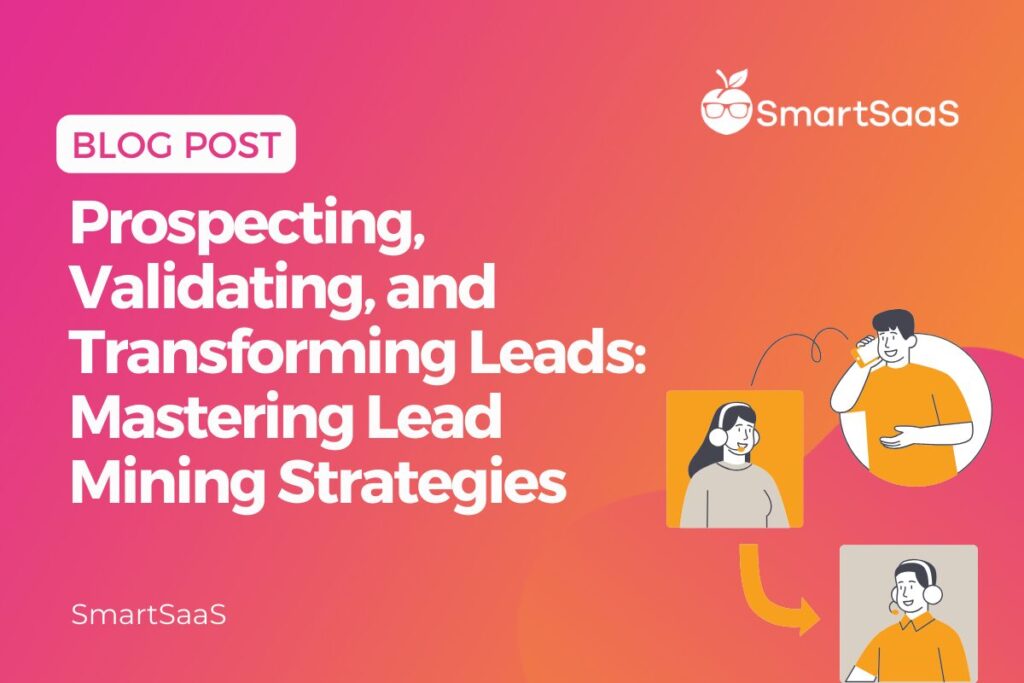
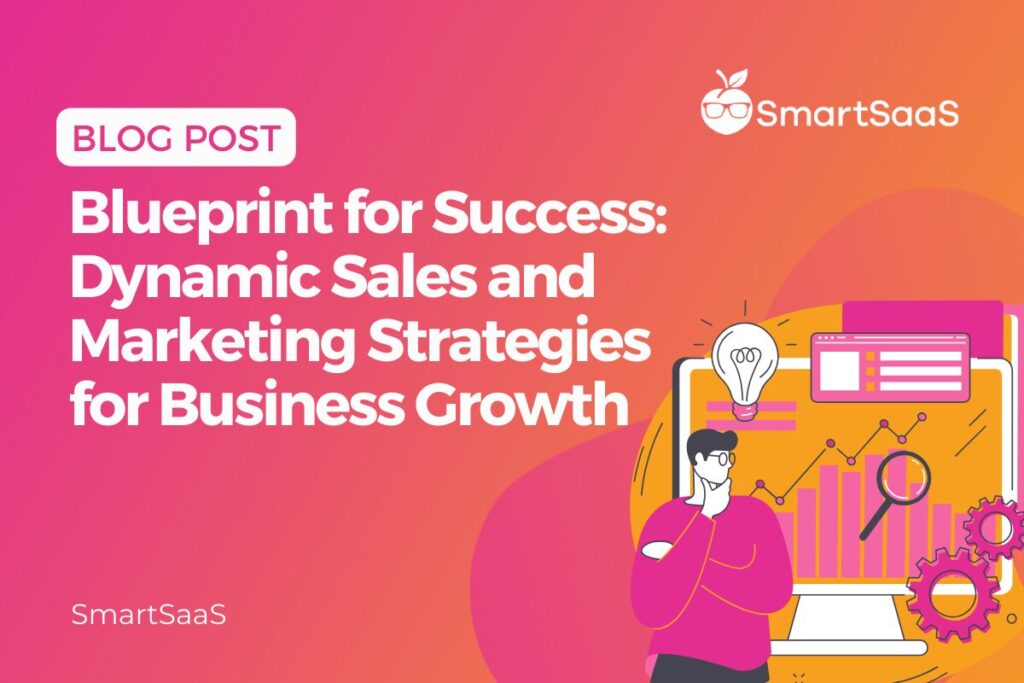
Responses